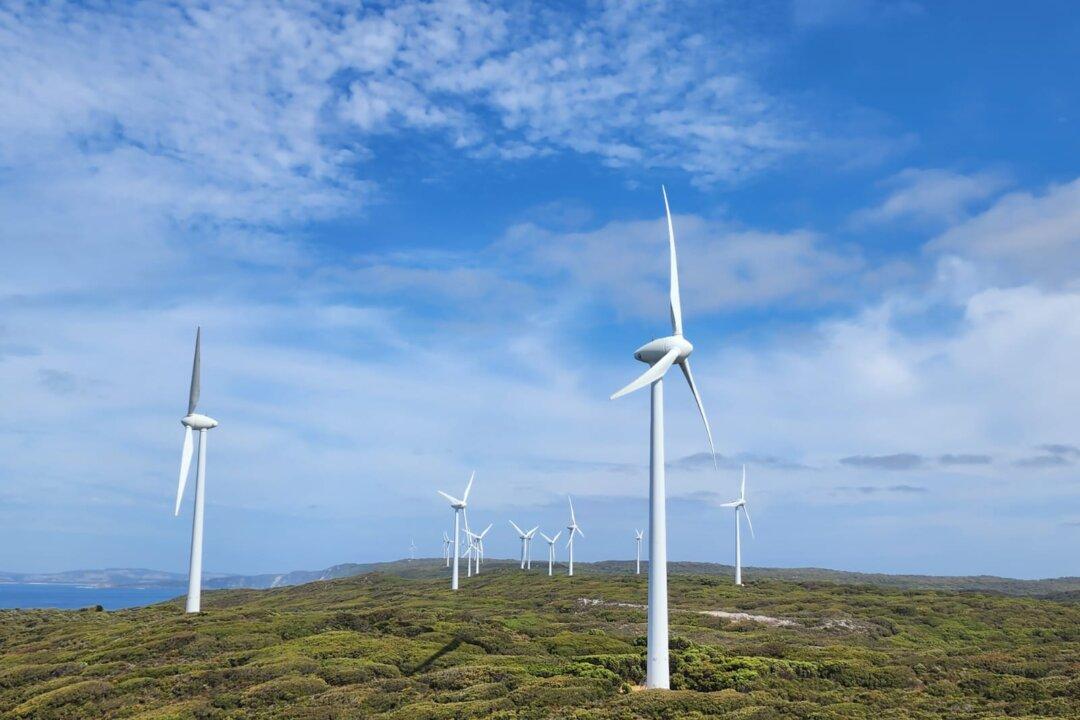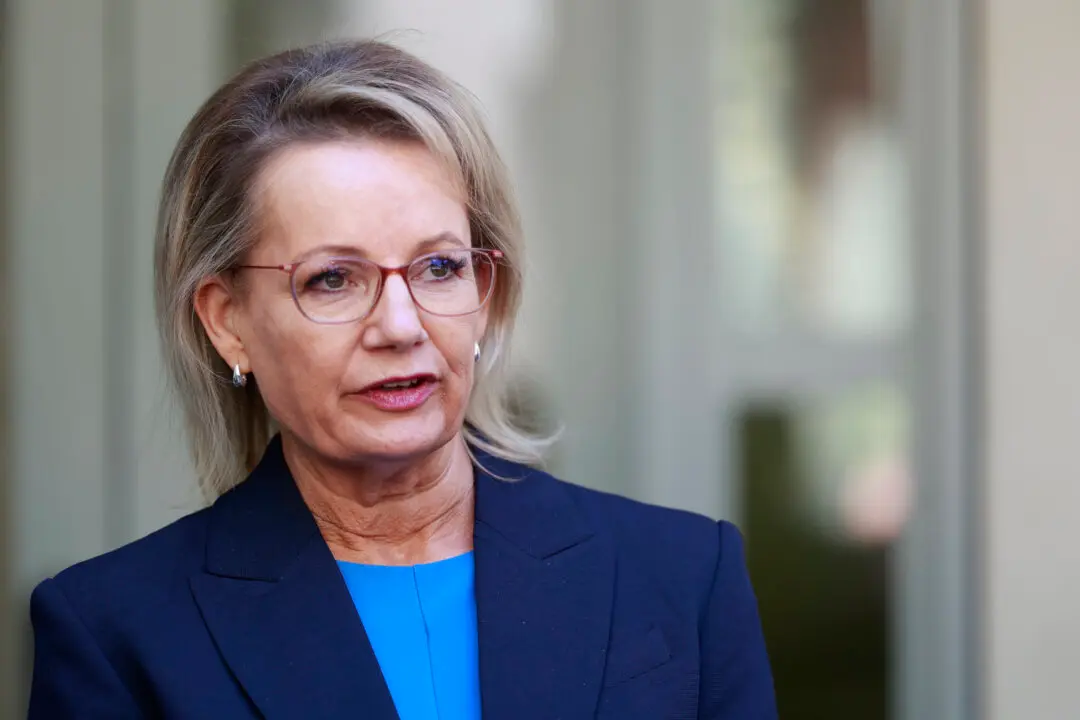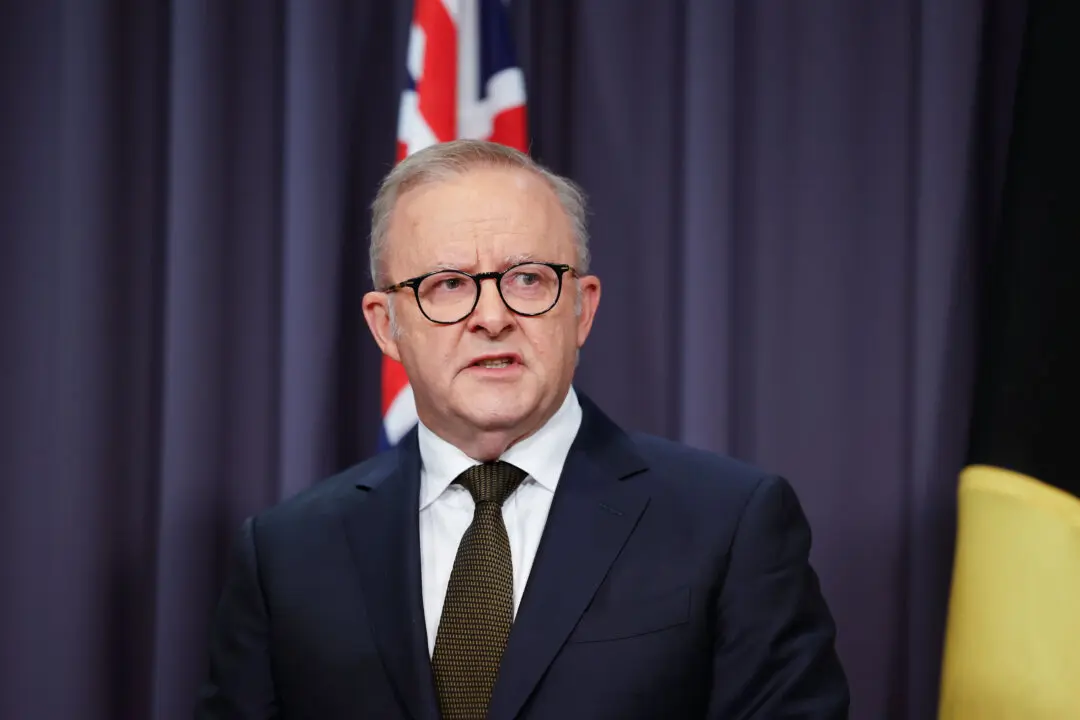Energy Minister Chris Bowen has unveiled a significant expansion in Australia’s renewable energy efforts, announcing a boost in the upcoming auction to secure 10 gigawatts (GW) of new energy projects by December 2029.
Speaking at the Australian Financial Review’s Energy Summit, Bowen detailed the government’s plan to expedite Australia’s transition to renewable energy by increasing previous auction targets for dispatchable power and renewable generation.





